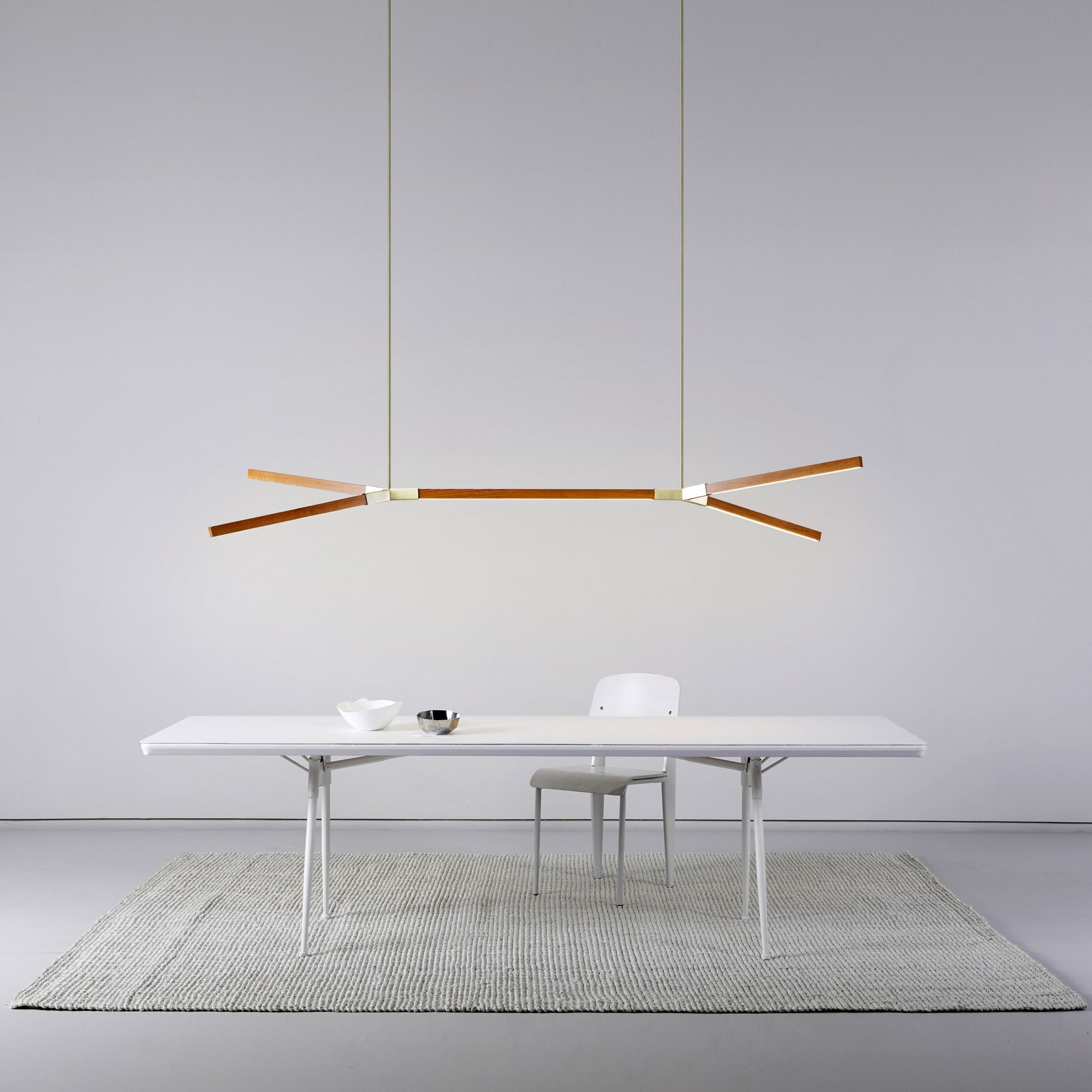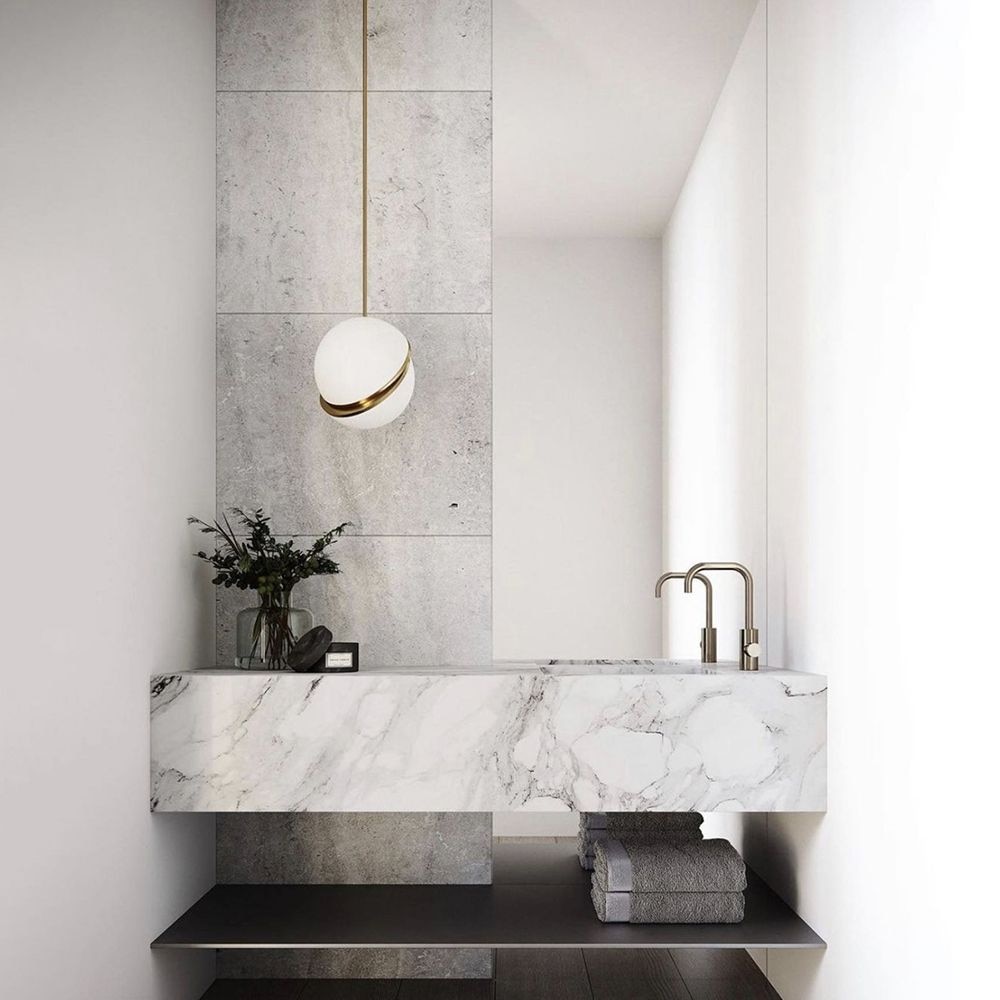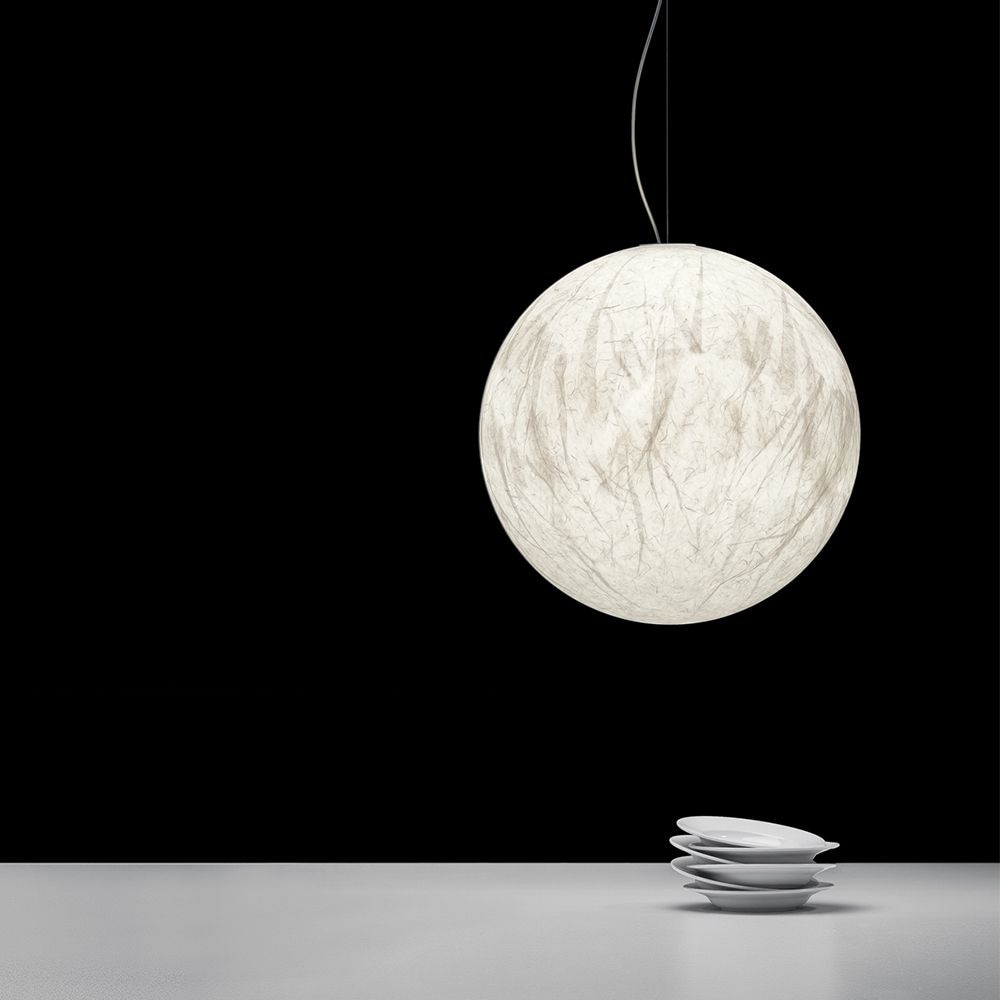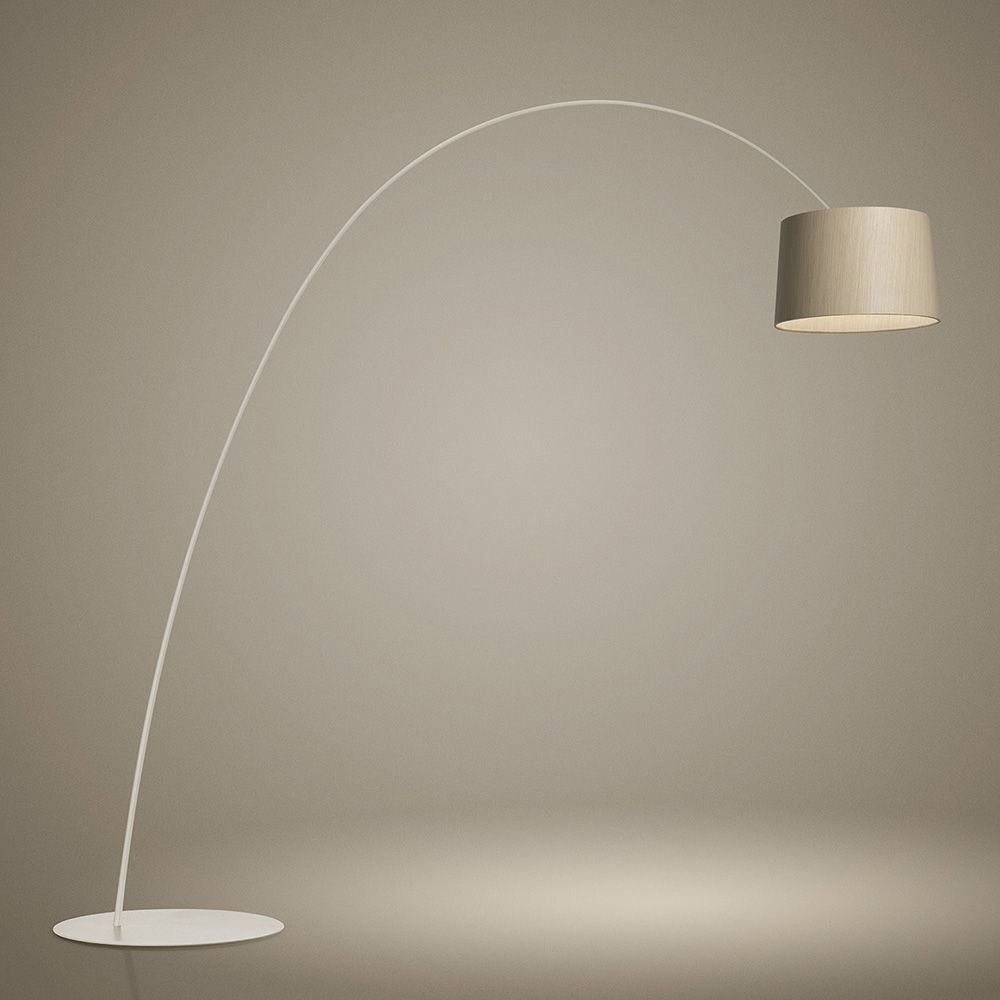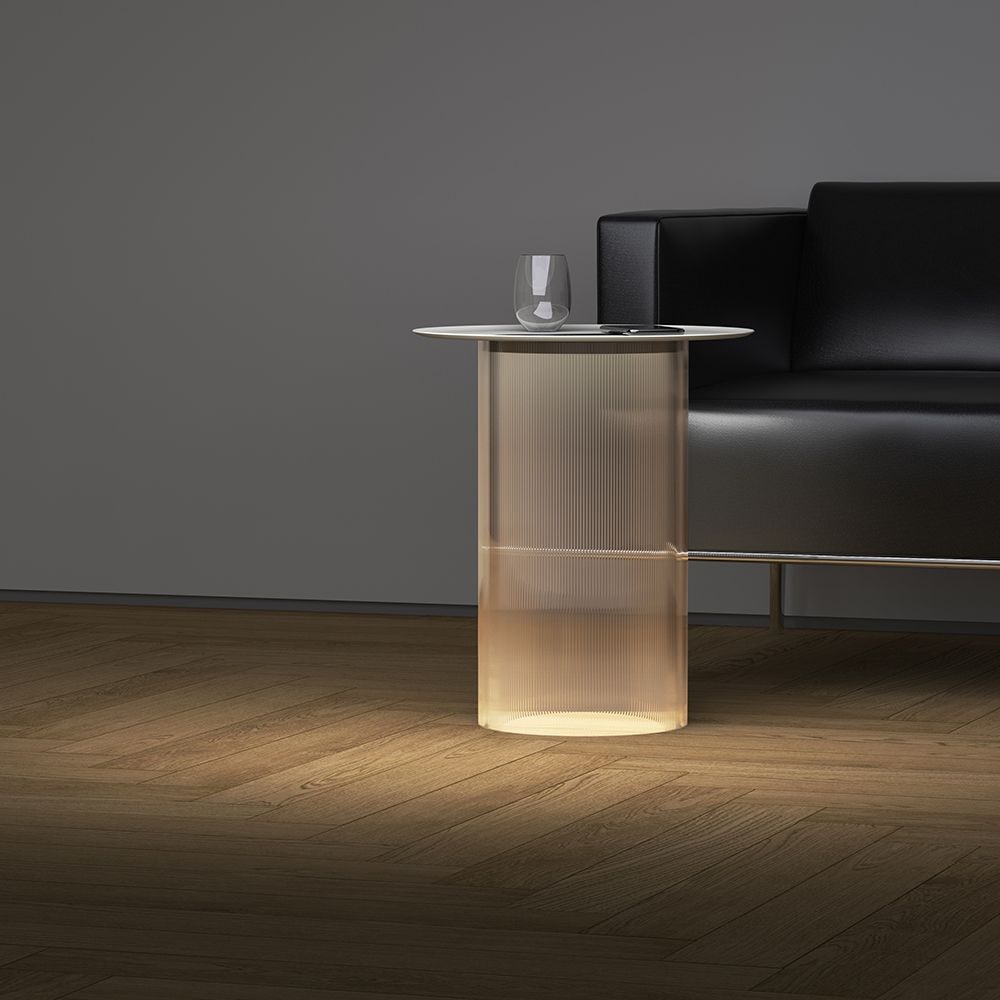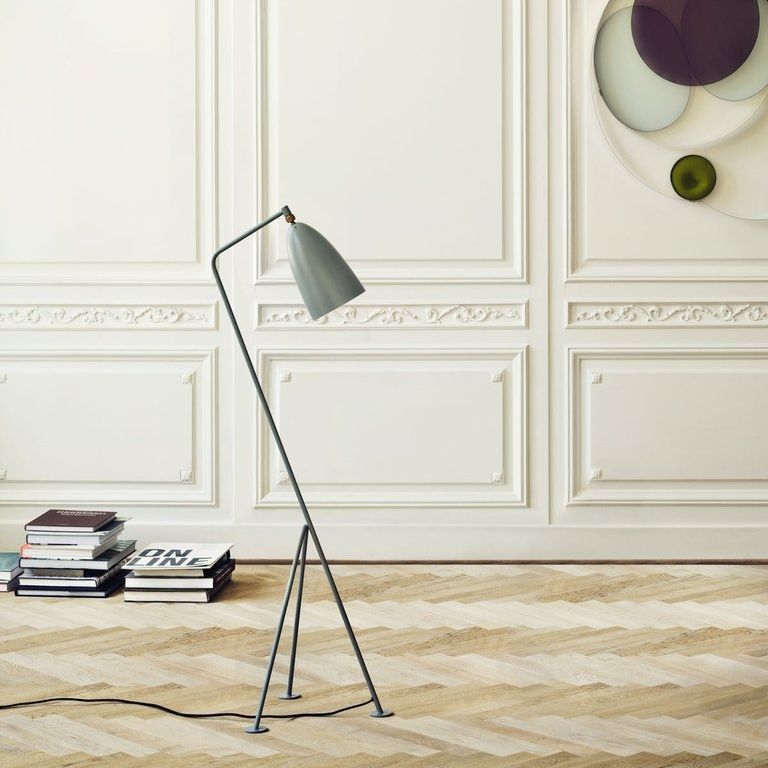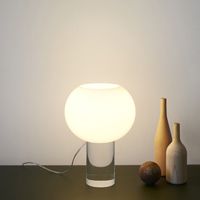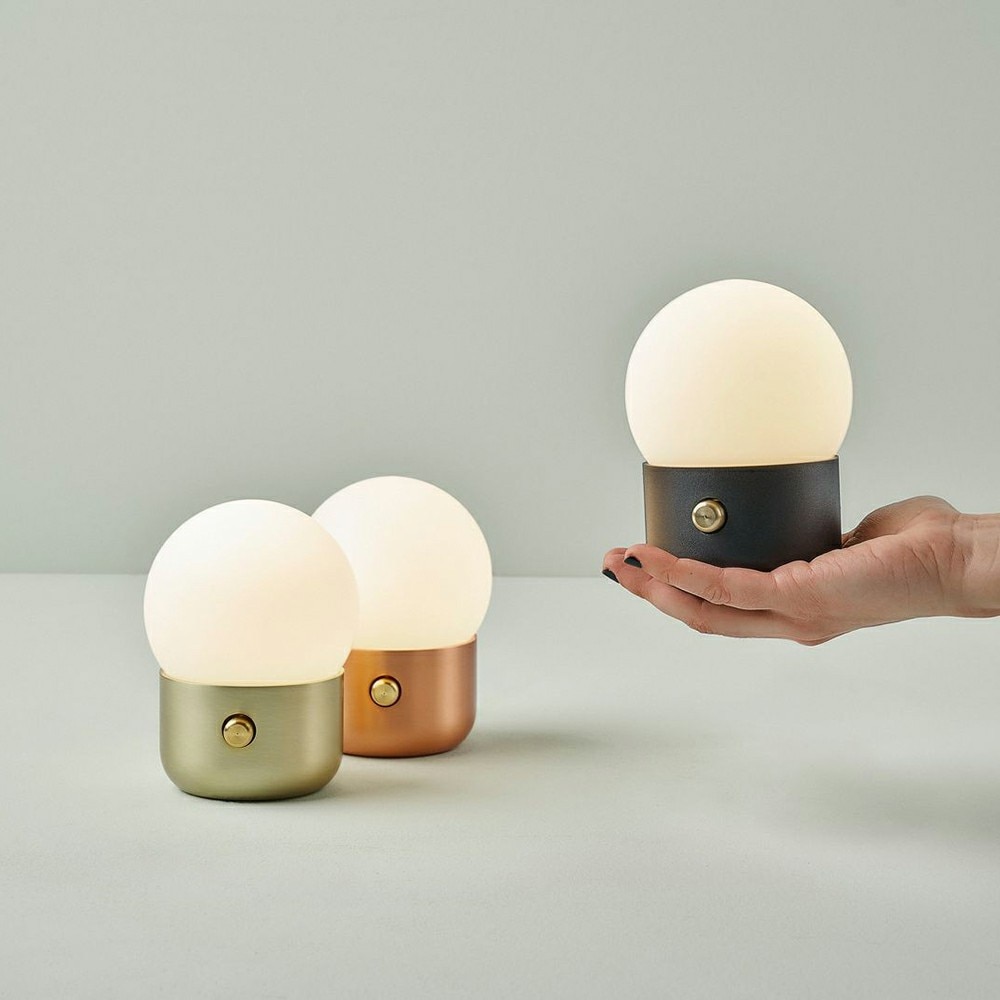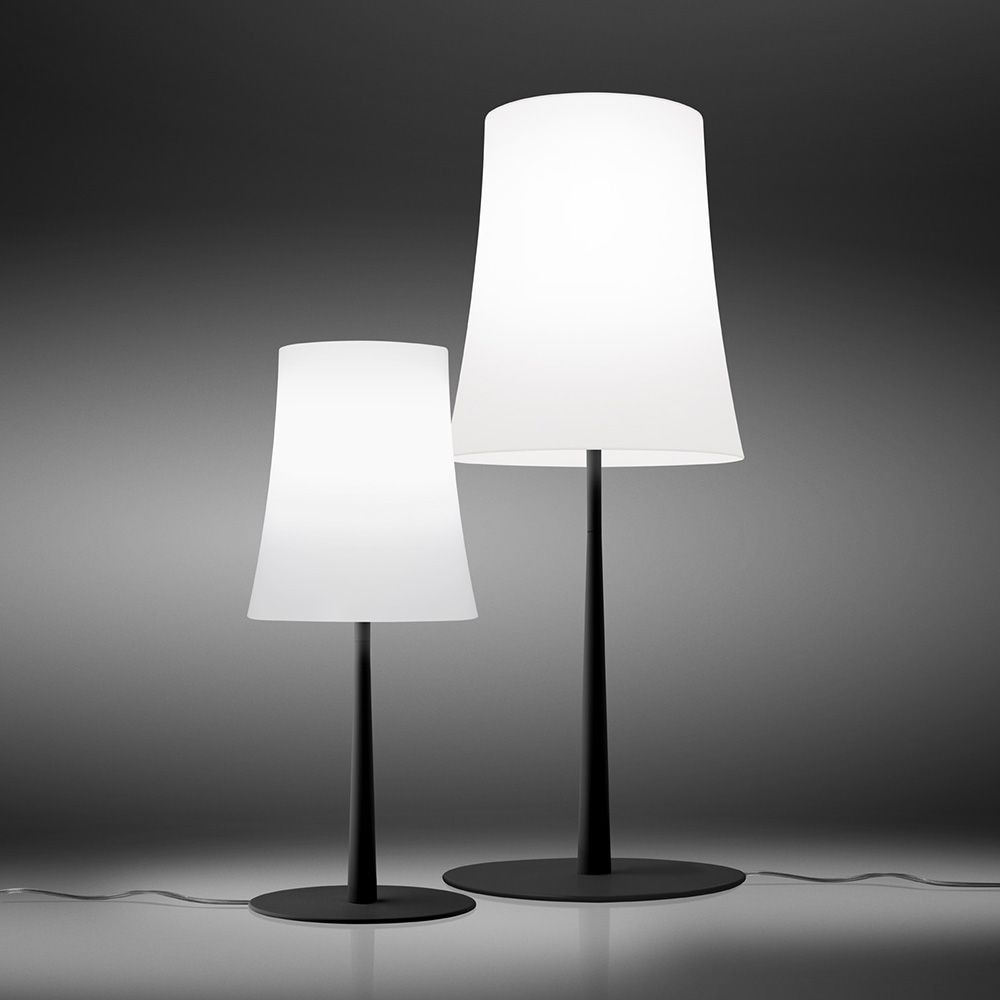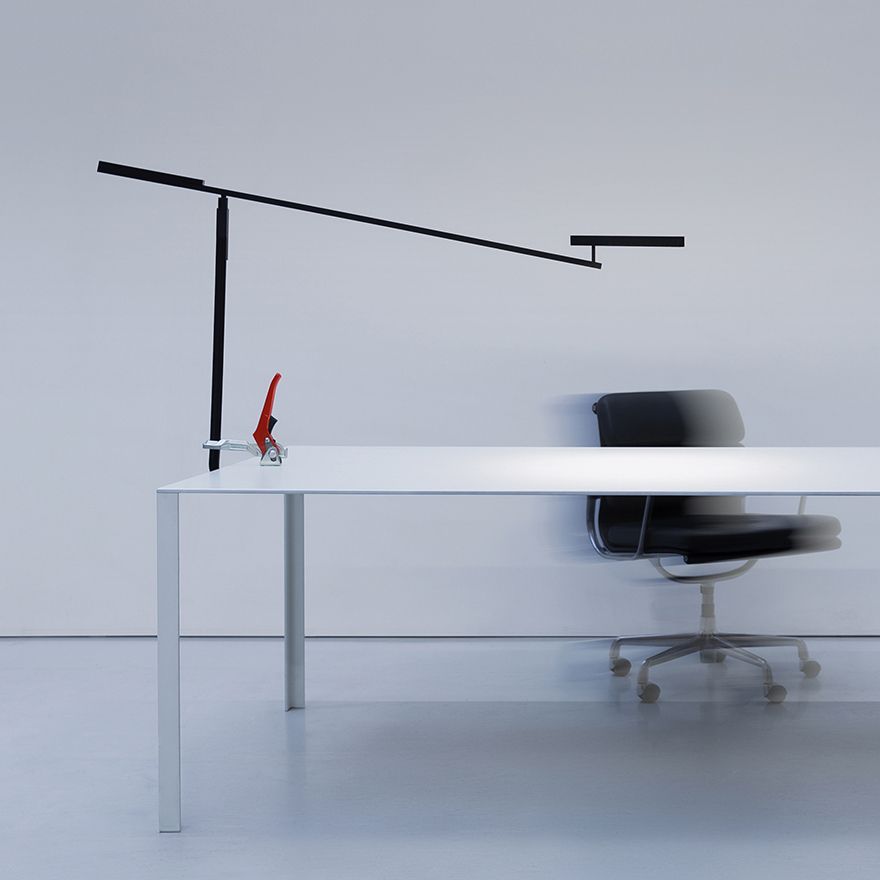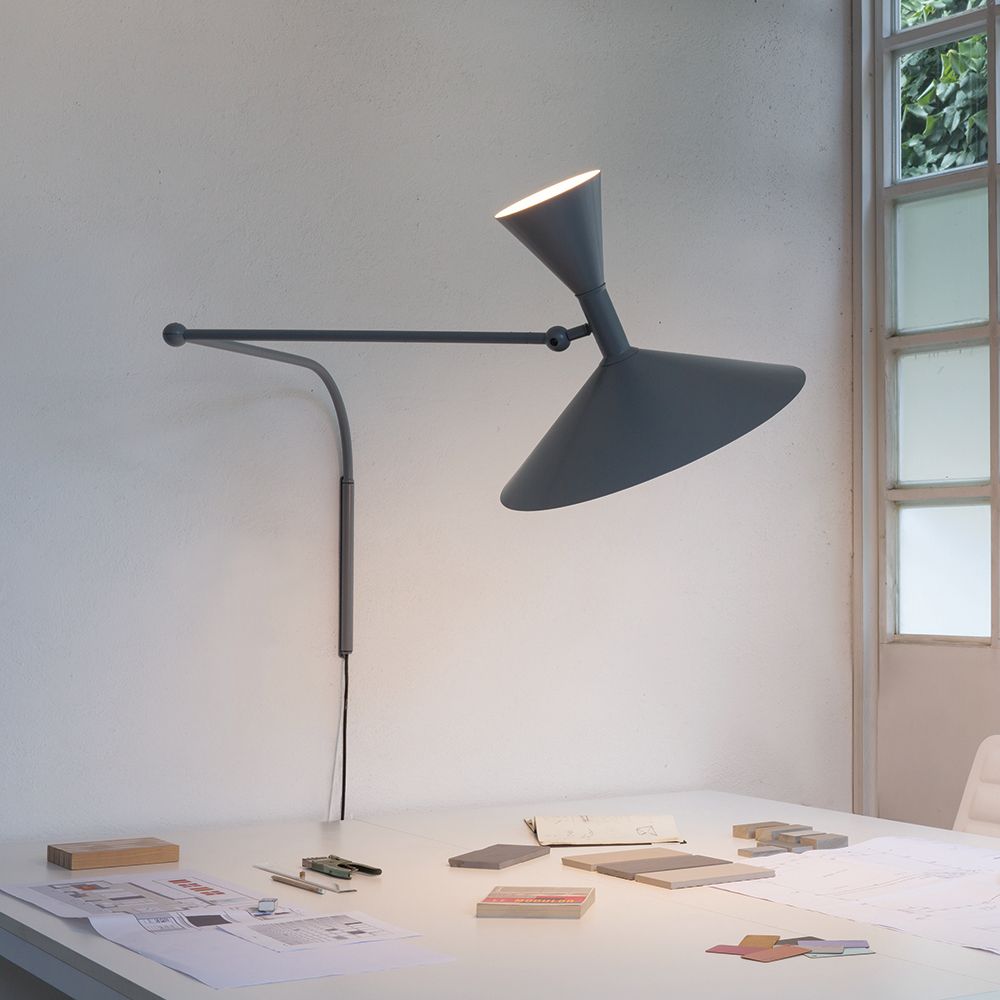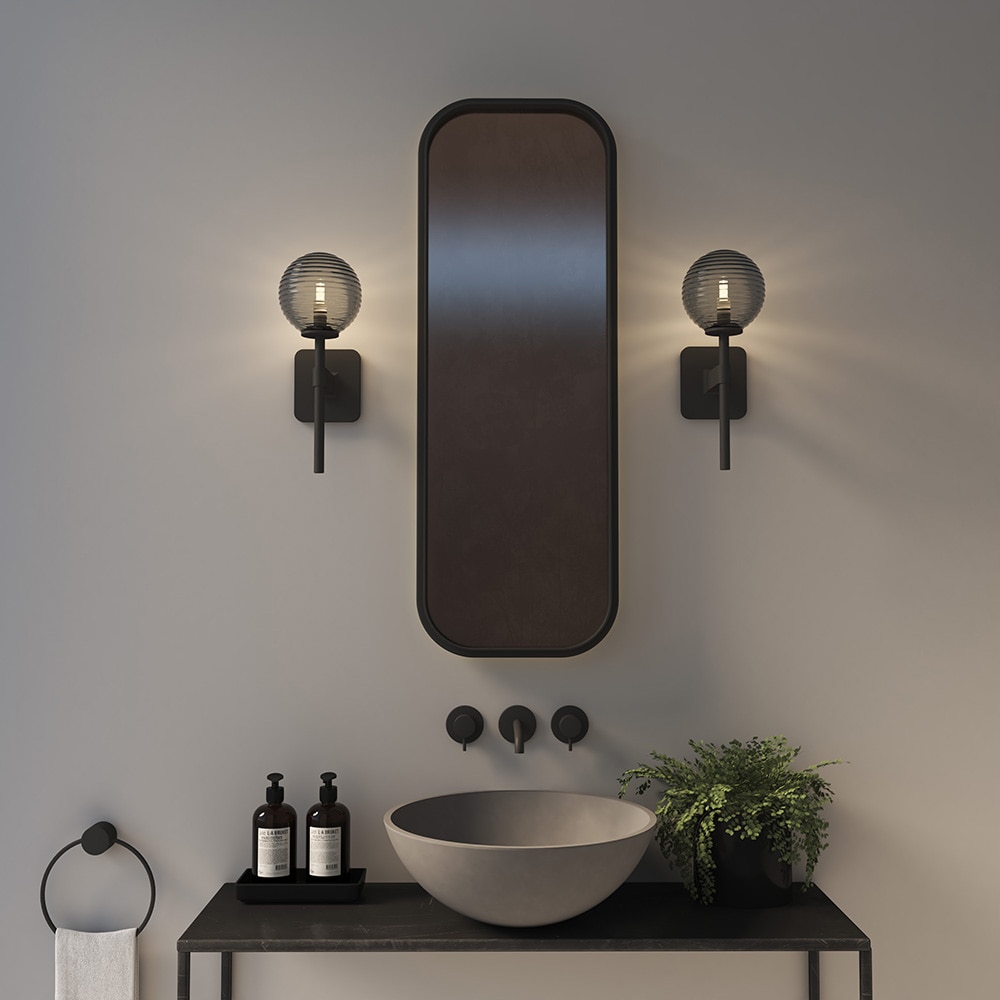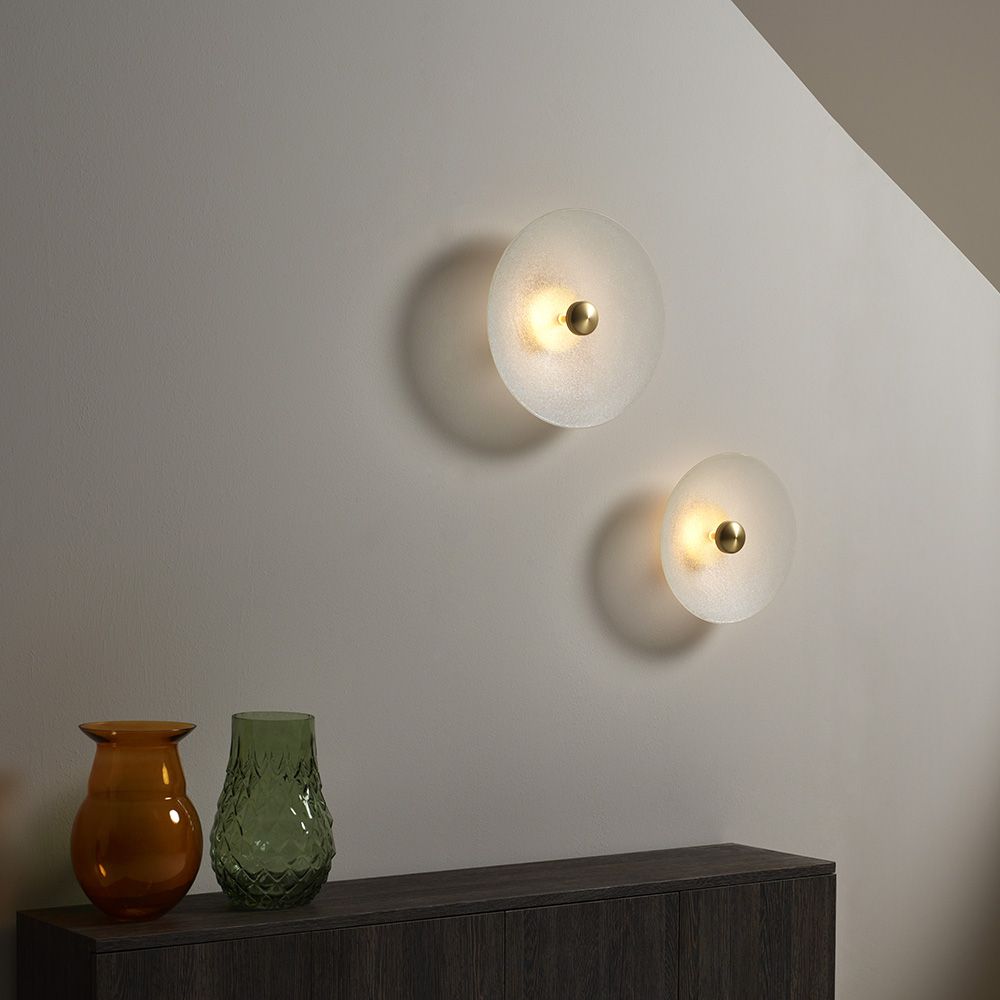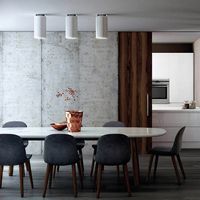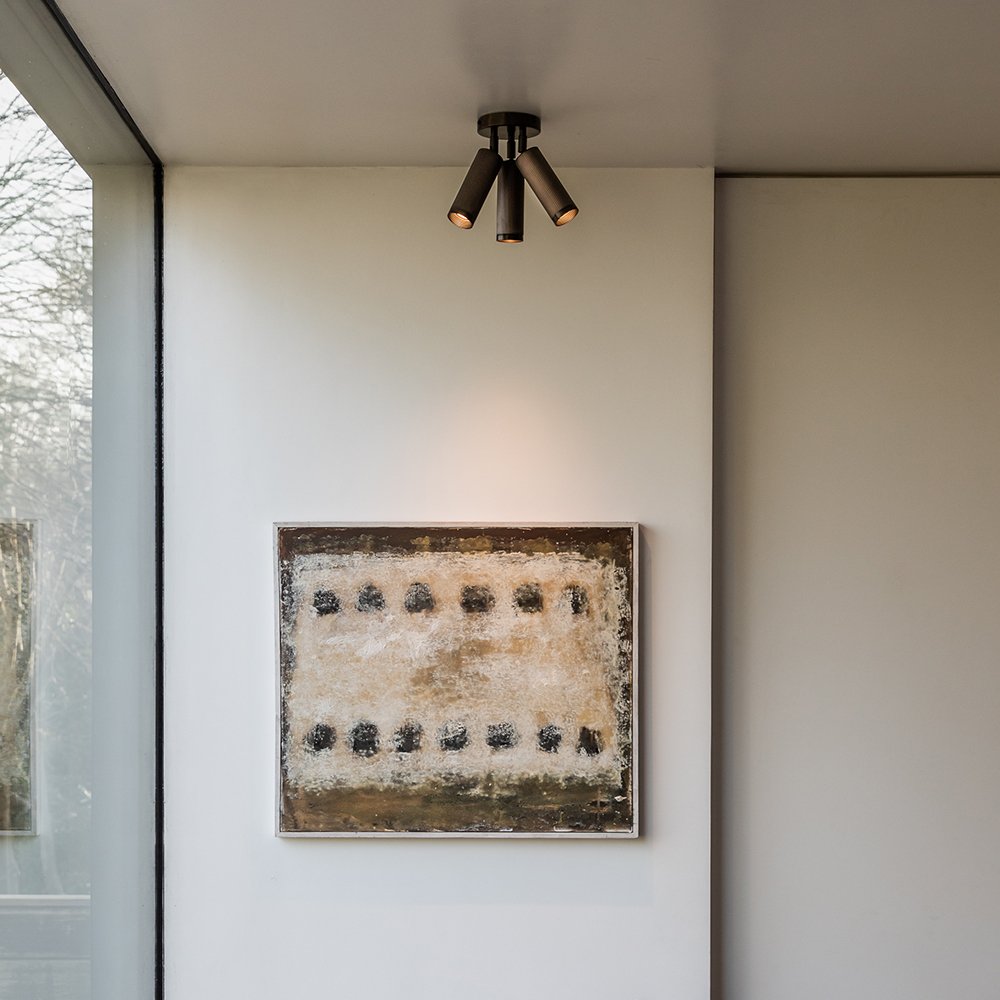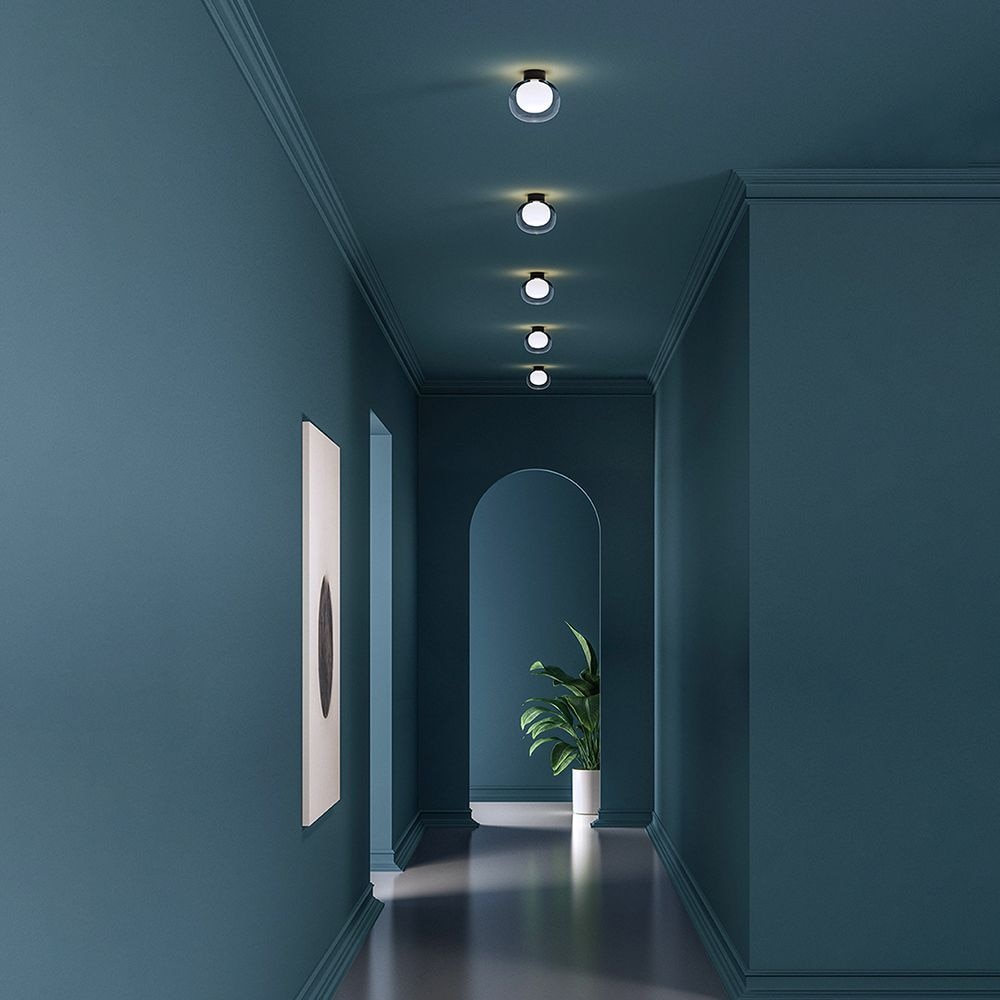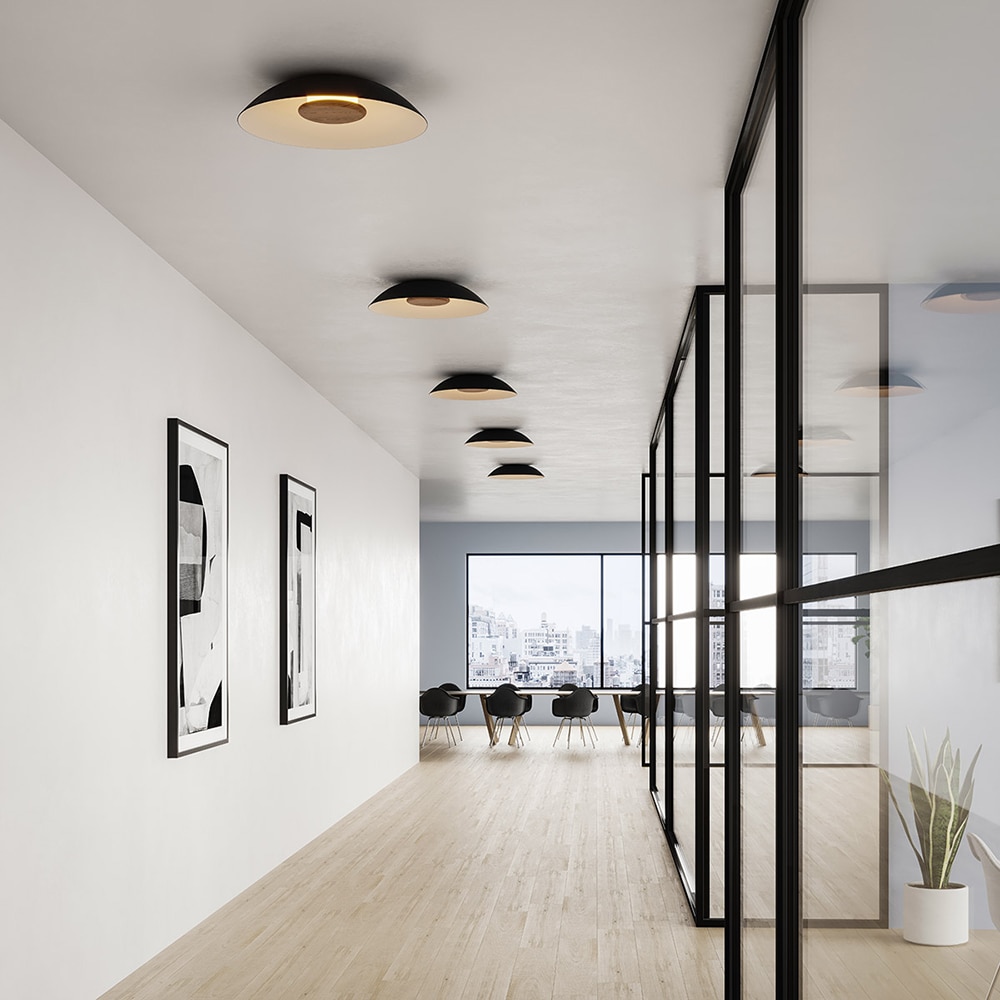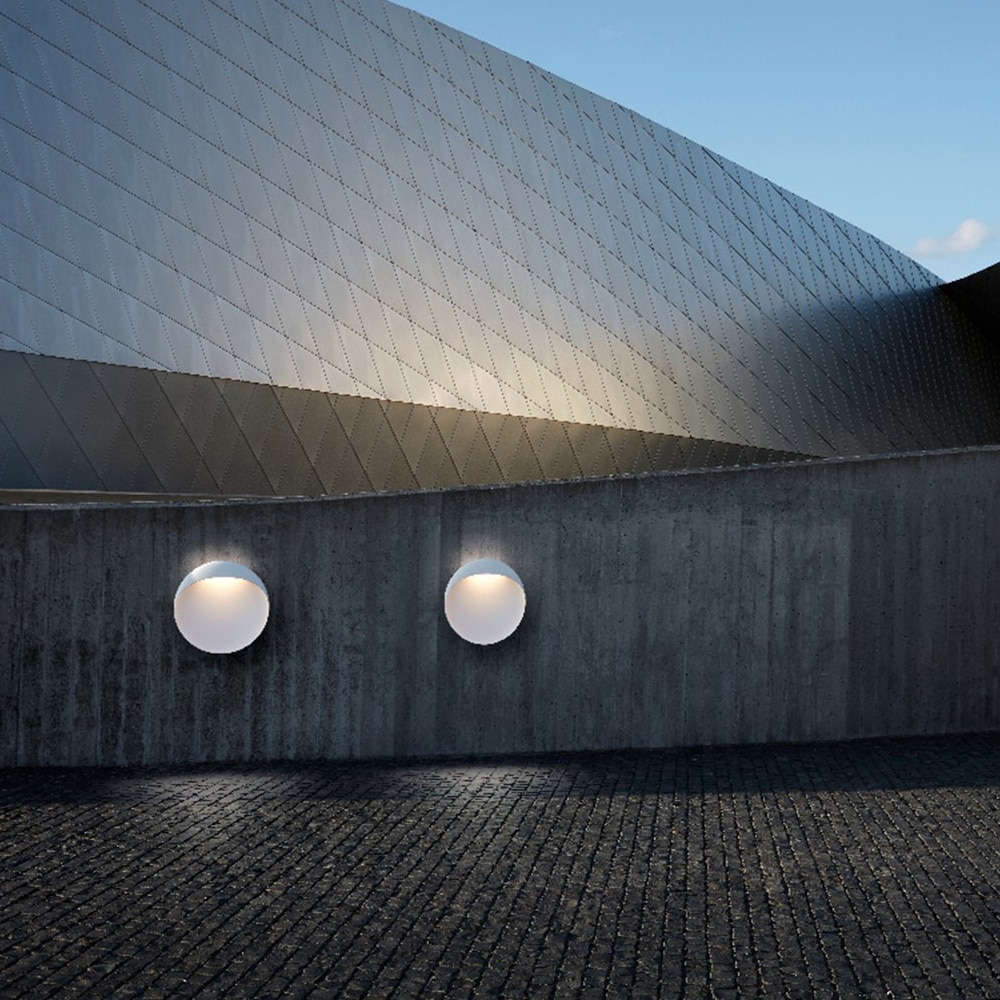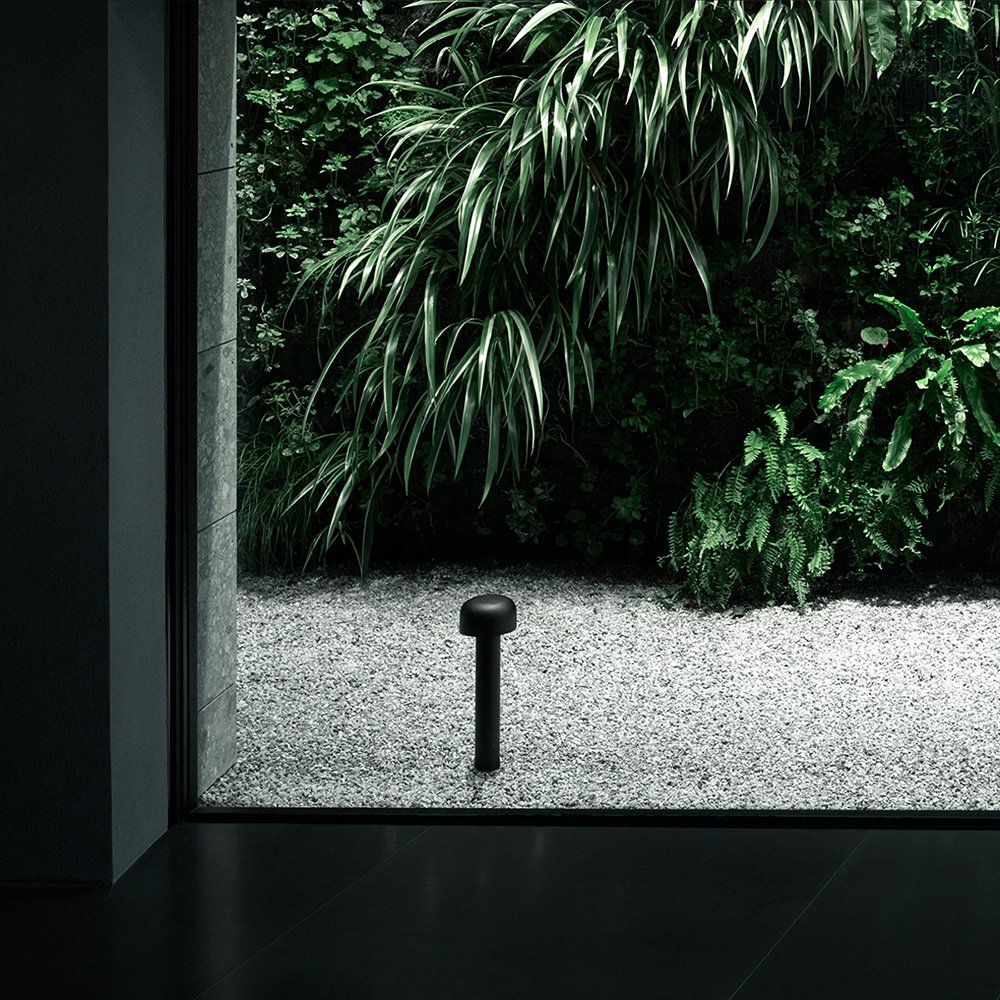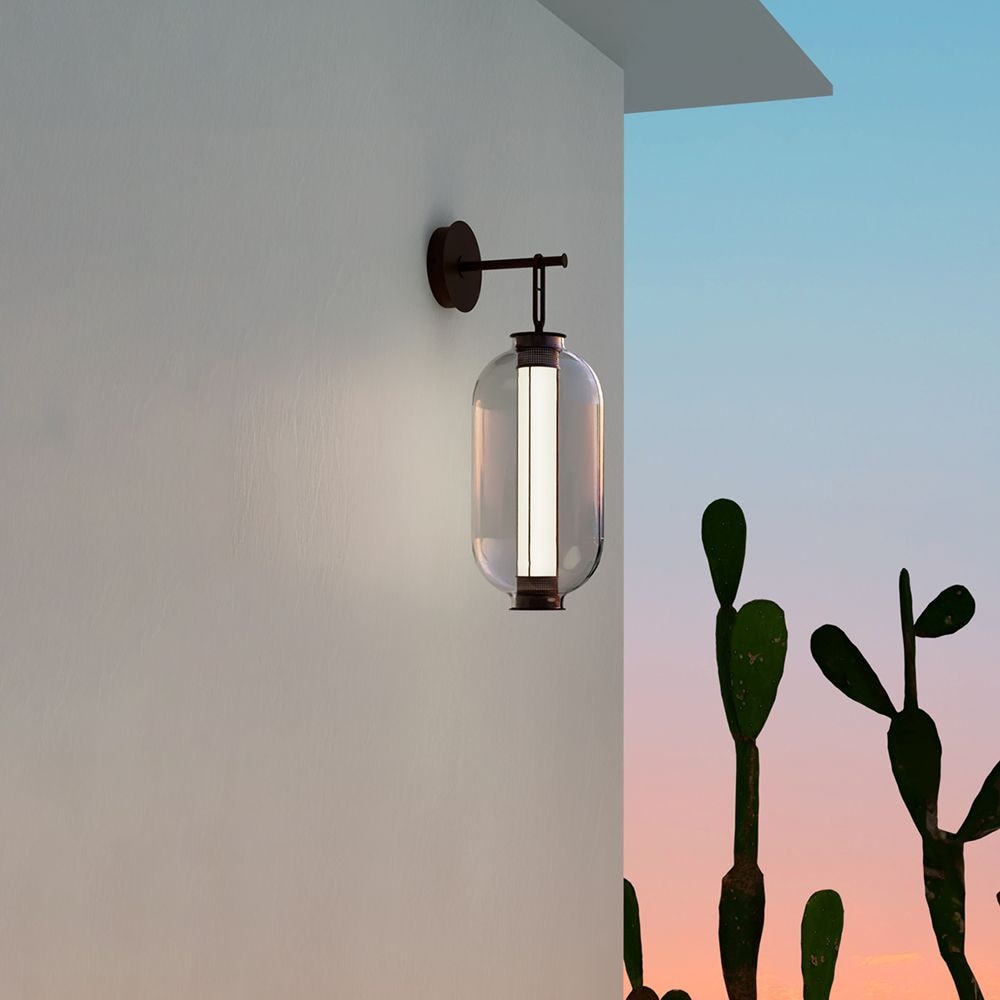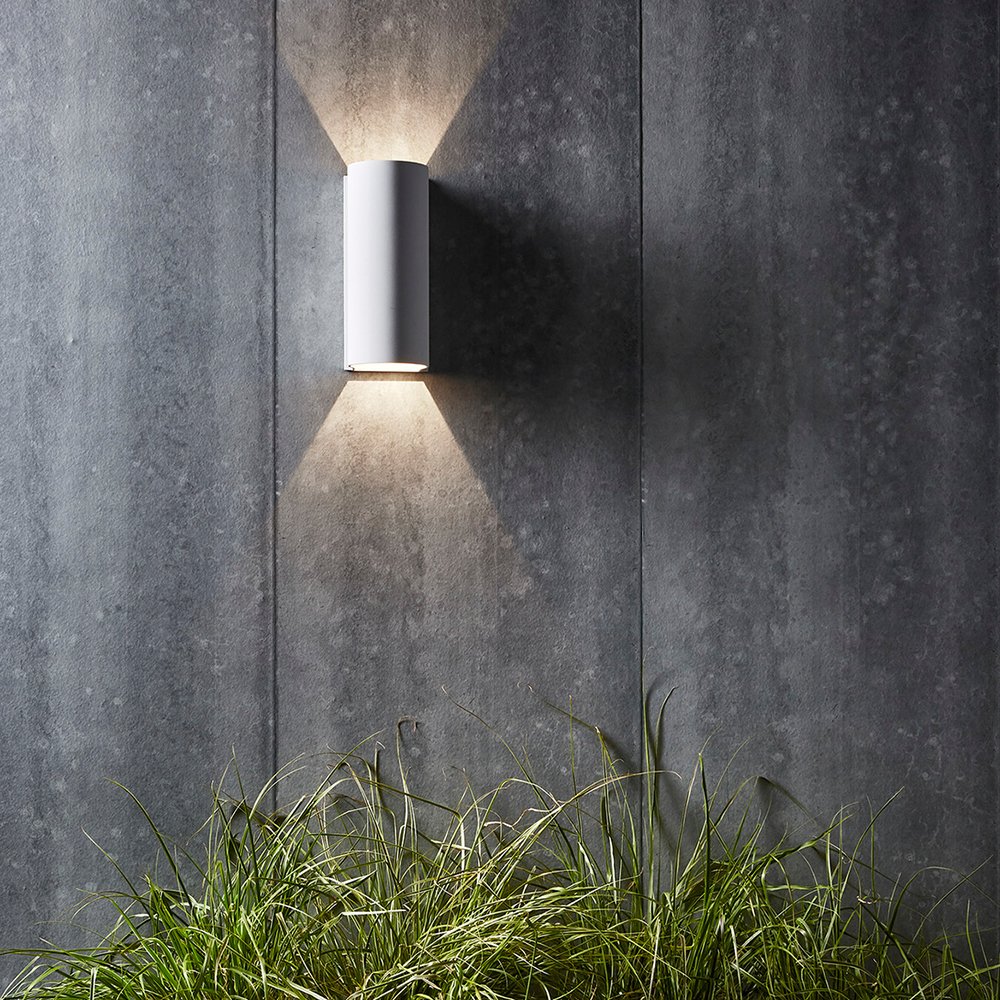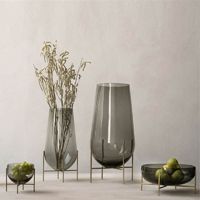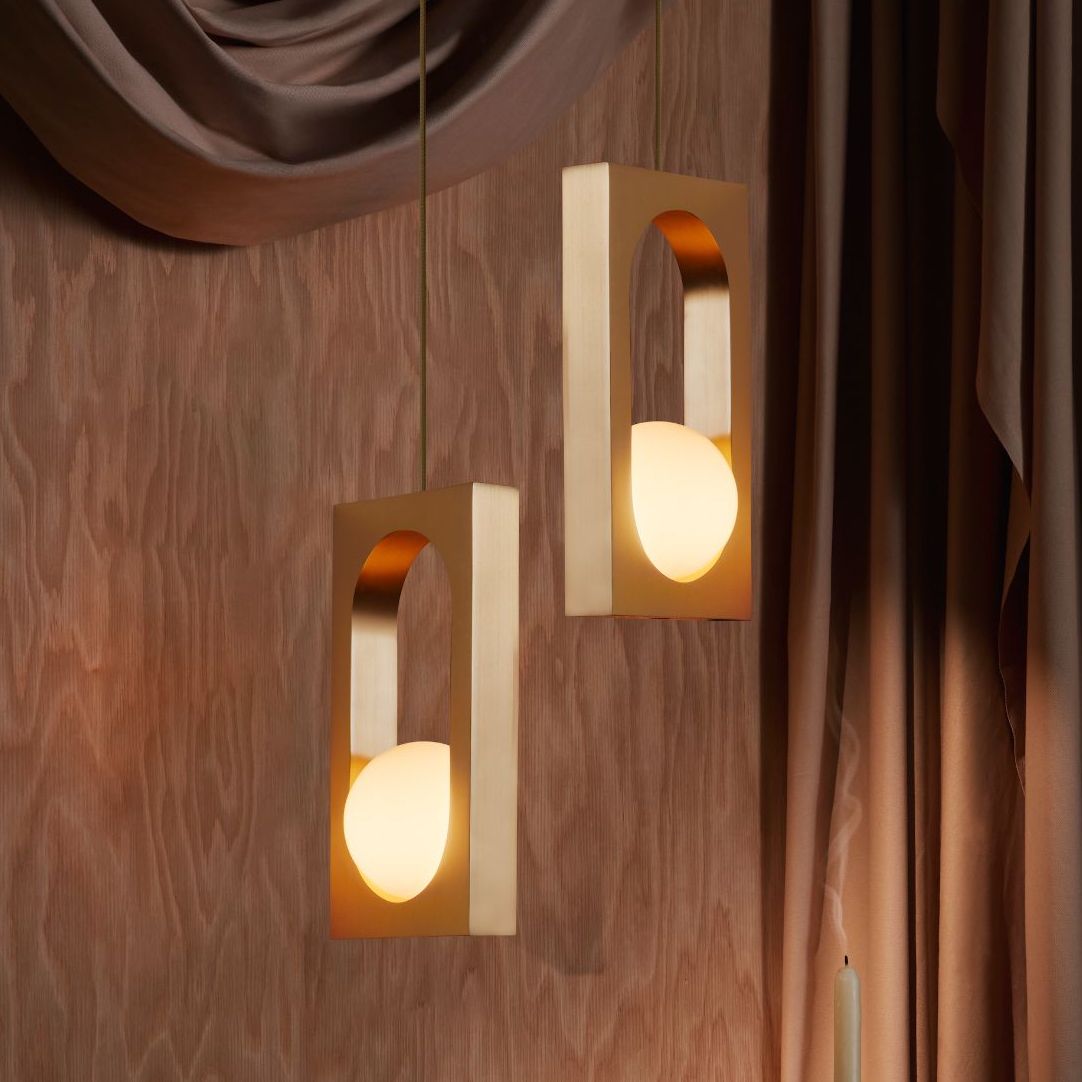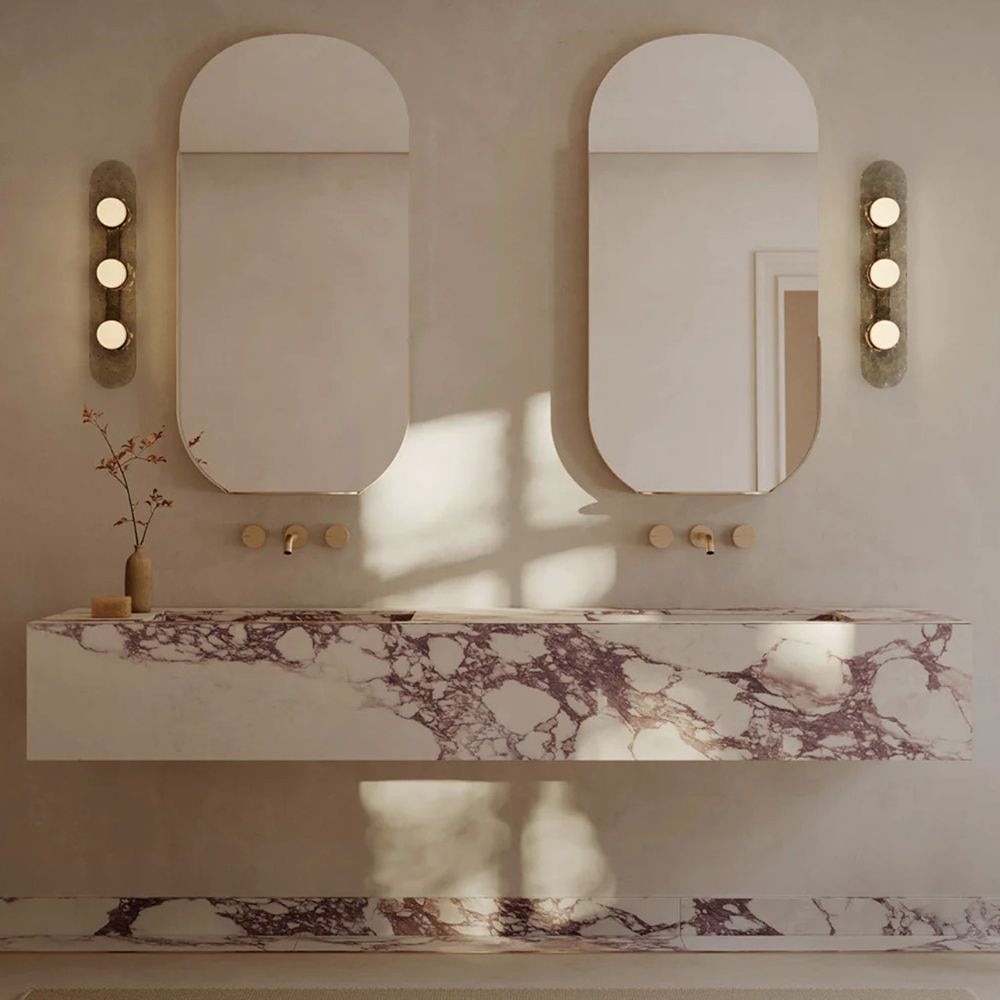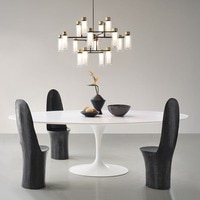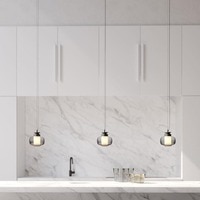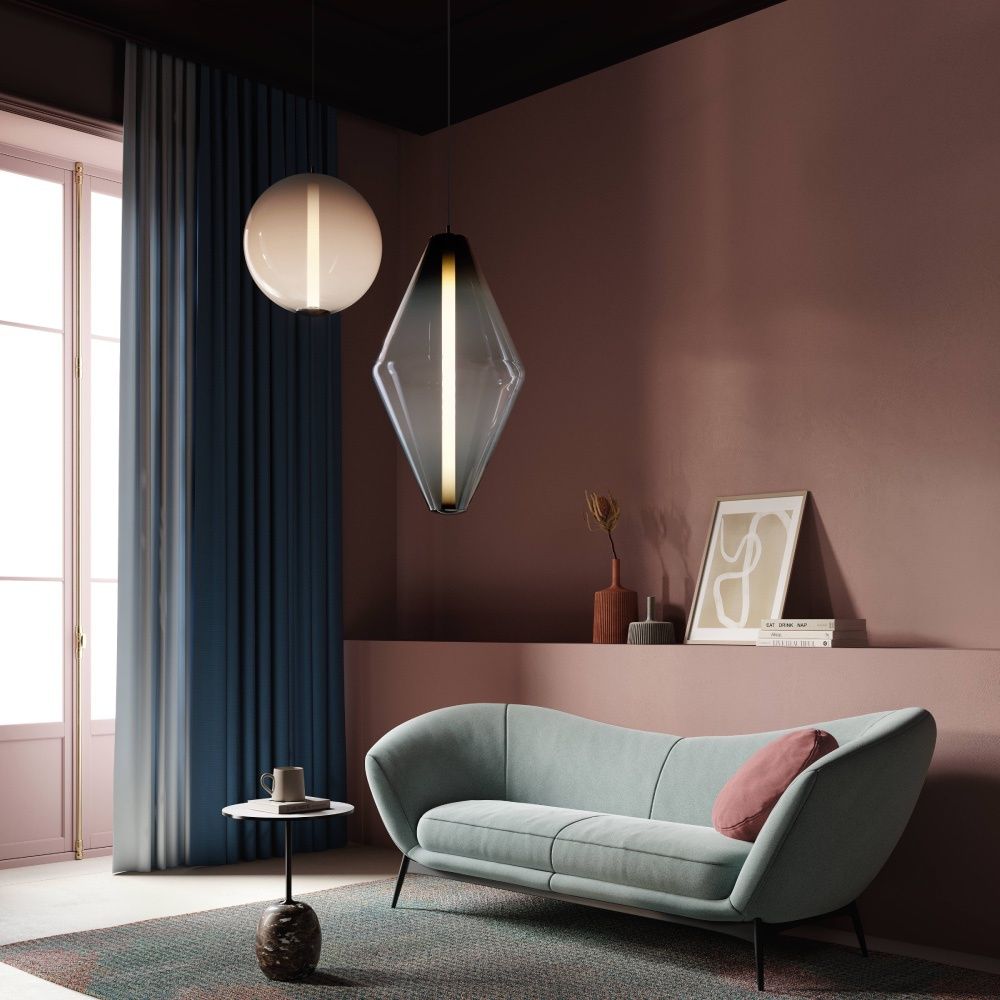Japandi Lighting
Japandi: The Fusion of Scandinavian and Japanese Design Aesthetics
In the ever-evolving world of interior design, one trend that has been making a significant impact recently is "Japandi" – a harmonious blend of Scandinavian and Japanese design philosophies. This style represents a marriage of the minimalism and functionality inherent in both these cultures, creating spaces that are as aesthetically pleasing as they are practical.
At its core, Japandi is a design approach that values simplicity, natural elements, and a connection to the outdoors. It draws from the Scandinavian love for minimalism and coziness (hygge) and combines it with the Japanese principles of wabi-sabi, which finds beauty in imperfection and transience. The result is a clean, uncluttered space that feels both modern and timeless.
The colour palette in Japandi is typically muted, favouring earthy tones and soft neutrals. This creates a calming environment that echoes the natural world. In terms of materials, there’s a strong emphasis on sustainable, natural elements like wood, bamboo, and stone. Furniture in Japandi-styled rooms tends to have simple lines and is often low to the ground, reflecting traditional Japanese furnishings. Textiles are typically natural fibres, adding layers of texture without overwhelming the space.
Lighting, a crucial element in any design, plays a particularly poignant role in Japandi spaces. The approach here is to use lighting to create a serene and inviting atmosphere. Natural light is maximized to enhance the connection to nature, a central tenet of both Scandinavian and Japanese design. When it comes to artificial lighting, the focus is on soft, diffused light. Lamps with paper shades or frosted glass are often used to produce a gentle, ambient glow that complements the overall minimalist aesthetic. The lighting is not just functional but also serves as a design element, often featuring clean lines and natural materials, consistent with the Japandi ethos.
Japandi is more than just a trend; it's a lifestyle choice. It appeals to those who seek harmony and simplicity in their surroundings. As this style continues to grow in popularity, it serves as a reminder of the beauty found in the fusion of different cultural aesthetics, creating spaces that are tranquil, beautiful, and deeply rooted in nature.


